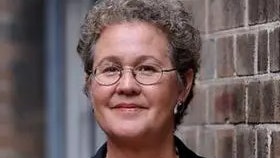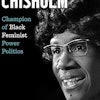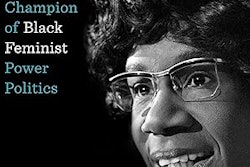Like so many other scholarly associations founded in the United States, African Americans and other minorities remained invisible within the leadership ranks for years.
The American Educational Research Association (AERA) was no exception.
 Dr. Linda Darling- Hammond
Dr. Linda Darling- Hammond
Founded in 1916, it took 79 years before the association elected its first Black president, Dr. Linda Darling-Hammond, to the post in 1995-1996.
At the time, Darling-Hammond was an endowed professor at Columbia University, Teachers College. Today, she is the president and CEO of the Learning Policy Institute and the Charles E. Ducommun Professor of Education Emeritus at Stanford University, where she founded the Stanford Center for Opportunity Policy in Education.
Two years later, after that historic election, the AERA membership elected Dr. James A. Banks to serve as president. He became the first Black man to helm the association in 1997-1998.
“It was an incredible breakthrough,” says Banks, who is the Kerry and Linda Killinger Endowed Chair in Diversity Studies Emeritus. He also was the founding director of the Center for Multicultural Education at the University of Washington, which is now the Banks Center for Educational Justice. “I worked hard to transform the organization because it was pretty lily white,” he says. “Most of the officers were primarily white males, which was typical at the time.”





















